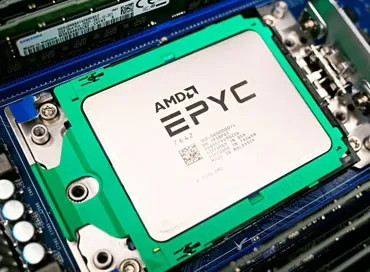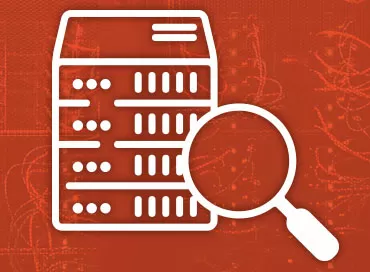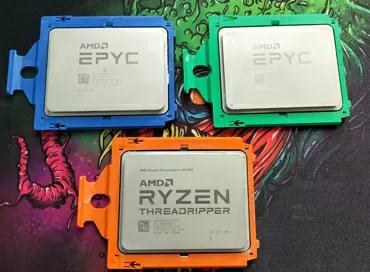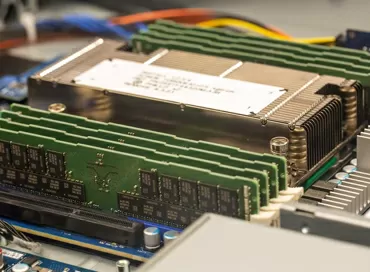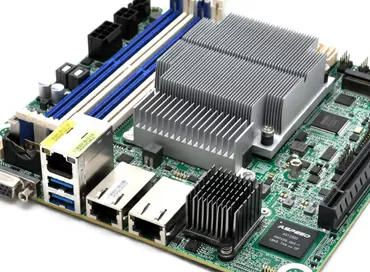Why AMD bought Xilinx: simple, clear language
Over the past 2 years, large M&A deals have been going on in the world of server hardware, the most famous of which is the purchase by Nvidia chip maker of the Israeli Mellanox, the process of buying the ARM architecture developer by it. Intel is buying up technology developers in batches: in 2019, these were Smart Edge, Barefoot Networks, Omnitek and Ineda Systems. At the end of October 2020, AMD joined the feast, buying Xilinx for $ 35 billion.
When you look at how large companies are rowing everything that is bad in the world of protocols and network solutions, you do not immediately understand what is happening, and so let's figure it out together.
Who are buying?
In general, this is a feast on the ARM architecture table. It has long been clear to specialists that, to one degree or another, the X86-64 architecture has stopped in its development, and today it has the only advantage - undeniable universality. Yes, on an x86 Intel Xeon or AMD EPYC processor, you can run absolutely any task, including rendering games in program mode - it will work. Another thing is that in business applications such versatility is not required: many processes are linear and cyclical, and require fast processing at low costs.

Among simple understandable tasks, these are: encryption, compression, video conversion, hardware Firewall operation, deduplication, VPN. As you can see, everything is as old as the world, and only recently appeared AI tasks can be added to this list.
All this is within the reach of even the simplest modern processors, but if you want to perform these calculations simultaneously, and even at high speeds, they will completely take up the entire performance of your server at the cost of $ 20-30 thousand. Or, you can delegate all these tasks to one programmable board with FPGA or ASIC processor costing from $ 700 to $ 2,000 (read our article & quot; What is SmartNIC and why server NICs are smarter "). It is the developers of these boards, these technologies that are being bought up by the giants of the industry.
What exactly are they buying?
While the ARM architecture remains open, the most expensive part of these purchases is the technology that allows you to take RAW data or raw data streams and send them to be processed on ARM Cortex cores. Naturally, the price includes both ARM licenses, patents and personnel, but from a perspective point of view, the more flexible the company's solution for converting RAW data to ARM-compatible, the more valuable it is.

ARM is faster, more energy efficient, and even more compact with HBA memory. It scales well, costs less and takes less time to integrate into silicone compared to x86/64. Therefore, no matter how we talk about network technologies, smart cards and FPGA or ASIC, we are talking about ARM. What is Xilinx good for? The fact that it has the Vitis platform, which allows you to run FFMPEG, Tensorflow, OpenCV solutions on ARM Cortex cores as easily as you run a program under Windows. This architecture was called ACAP (Adaptive Computer Acceleration Platform), and of course it is much more than just an additional computing unit, but this is what Xilinx assumed before AMD bought it, and what will happen now?
What do such technologies give?
Let's start with the simplest thing that many of us are familiar with - the mechanisms for offloading various protocols. At first, iSCSI and NFS offloads were carried out on programmable boards, then it turned out that they could be used for Firewall and algorithms for searching for vulnerabilities in network logs. What's more, the high-frequency trading (HFT) business area that is most sensitive to network latency has begun to move from X86 to FPGA.
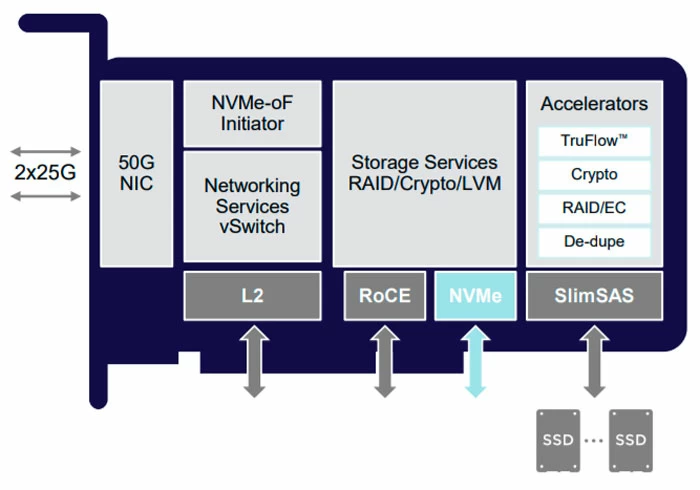
File operations (deduplication and compression), analysis of video from IP cameras, search for anomalies in logs - this is not a complete list of what programmable boards undertake (read our article "How SmartNIC boards are changing the concept of server security in particular and the cloud in general").
From the point of view of a large corporation, the more developed the data center, the more savings such solutions give. But there is also a downside: the programmable ARM architecture allows you to create peripheral servers for specific tasks. For example, to analyze CCTV cameras in a warehouse, and we have seen such solutions from Huawei ( see our Huawei Ascend review ).
That is, x86 passes the baton of simple tasks to its ARM counterpart, and there are many reasons for that.
Why not integrate ARM into the CPU and give up Add-in boards?
In general, there are only two reasons: the first is the TDP of processors, the value of which is already very close to 300 W. Adding an extra 40-50 W ARM load will not work without a significant increase in the CPU area, and increasing the socket size is infinitely impossible due to the difficulties with the layout of memory channels.
The second reason is the extremely slow DDR4 memory used in servers by modern standards. Additional boards are good because they work with their own pool of physical memory, and the results of their work are already transferred to RAM. In particular, Xilinx solutions use HBM2 memory, and here it would be possible to integrate a separate memory for the "smart core" into the CPU, but see the previous paragraph.
Conclusion
Definitely, the 5G era will be associated with tight integration of ARM solutions both in data centers and at remote sites, which will be fully equipped without x86 servers. So far, Nvidia has not completed its purchase of ARM and has not closed the technology from competitors, large players are recruiting ARM portfolios so as not to be left behind in the era of self-driving cars, robots and 100-gigabit Internet channels.
ARM servers themselves have a right to exist (read our review of Huawei Kunpeng), but it is unlikely that they will seriously squeeze x86 in the foreseeable future. Various "smart" boards that act as a low latency coprocessor for certain kinds of business tasks is the area in which there will be the fiercest competition.
Mikhail Degtyarev (aka LIKE OFF)
10/27/2020









